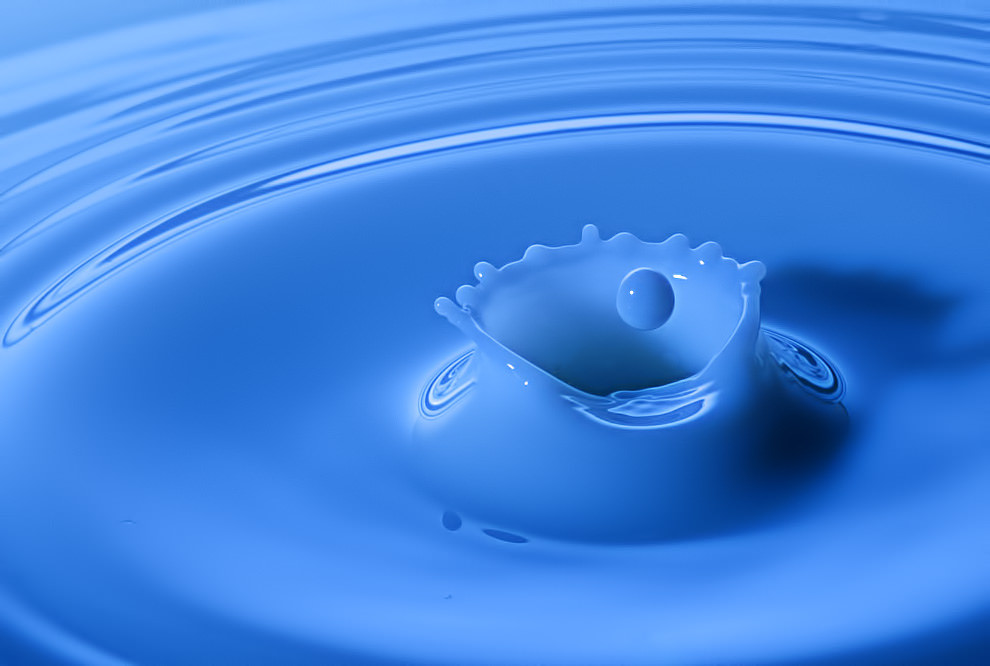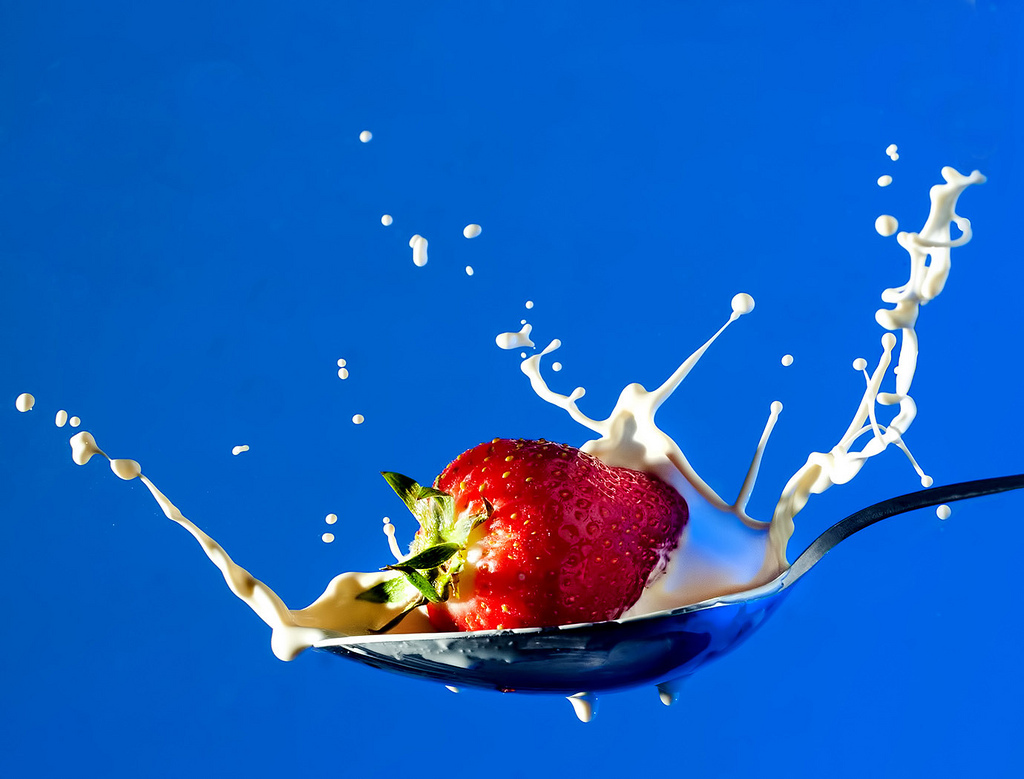How to take a picture of something being shot?
I have been looking at pictures such as these in the link (https://www.google.com/search?hl=en&q=things+being+shot&bav=on.2, or.r_qf.&bvm=bv.44770516, d.b2I&biw=1252&bih=609&um=1&ie=UTF-8&tbm=isch&source=og&sa=N&tab=wi&ei=jPZeUaqnBOqr2AWrlID4CA) and can't figure out how the do them. I have a nikon d3000 and a flash. I will be using a bb gun to shoot the items. Any ideas?
High shutter speed, lots of light and a bit of luck and I think you have it.
You need an off camera flash/shutter trigger. Because it is difficult to manually 'time' the shot & press the button, most of these types of trigger are sound activated.
You can buy sound triggers, or if you (or a friend) have any electronics/soldering skill then you can buy the components & make one.
You can buys kits or ready made from here;
http://www.hiviz.com/
Don't forget it's the FLASH that freezes the motion, not the shutter speed (in fact, the shutter speed needs to be at or below the max sync speed, usually 1/200 sec). The lower power the flash is at, the shorter the flash duration and the better it will freeze motion.
For things that aren't being shot (that don't need sound activated triggers), an ordinary set of radio triggers is fine (about £20 for RF602's).
I use RF602's for these kind of shots;



The first poster is incorrect.
This type of photography is called "high speed photography" or "ultra high speed photography." To put it simply, you rely on the flash to freeze the action instead of the camera's physical shutter. A really nice camera body can give you a top shutter speed of about 1/8000th of a second, which is nowhere near fast enough to freeze a bullet. When your flash pops though, especially at a very low power setting, you get an "effective shutter speed" of closer to 1/50, 000th of a second. This will not completely freeze a pellet or BB, but it will come pretty close. If you want a faster effective shutter speed, you have to build a custom flash that uses regular air instead of xenon gas like modern flashes. This is doable, but expensive and has at least one capacitor capable of killing you. So be careful if you go this route. With an air spark flash, you can get an effective shutter speed of 1/1, 000, 000th of a second, which is fast enough to actually freeze most larger caliber bullets.
So you go somewhere totally dark (I'm lucky enough to have a darkroom, so I just set up a studio in there), set up your shot, manually focus your lens and dial in your exposure using the flash as your ONLY source of light. A tripod is a must. Then you turn off all the lights, open up the shutter on the camera (it doesn't really matter how long it stays open since there's no light hitting it other than the flash when you set it off, but I usually try to keep mine under 10 seconds to avoid noise), and fire the gun at the target. The flash must be triggered at exactly the right instant or you end up with a picture of a target that you shot several seconds ago instead of a target being impacted by a projectile. The odds of getting your flash to pop at the right second manually are slim to none.
So you need some kind of a system to judge the right moment to trigger the flash. I use the CameraAxe with the Projectile Sensor. It can judge the speed of the projectile right out of the gun, calculate the correct moment to trigger the flash, and send a signal to the flash just in time, with easy to use controls for very precise adjustments in the timing. I've been super happy with mine.
This isn't an exhaustive tutorial, but it should get you started and at least give you an idea of the kind of gear you'll need. If you have more questions, there's a wealth of information on high-speed photography available through Google searching.
- Is Facebook something to have? And is? Likes on Facebook Something To Care About?
- When I take a picture on my nikon, why is something upclose so blurry, but far away clear?
- What digital camera has the fastest shot to shot speed? Low end DLSR or high end P&S?
- Looking for camera with preview of shot before shot is taken?
- How to capture a a picture with movement on my Nikon D5000 without it being blurry?
